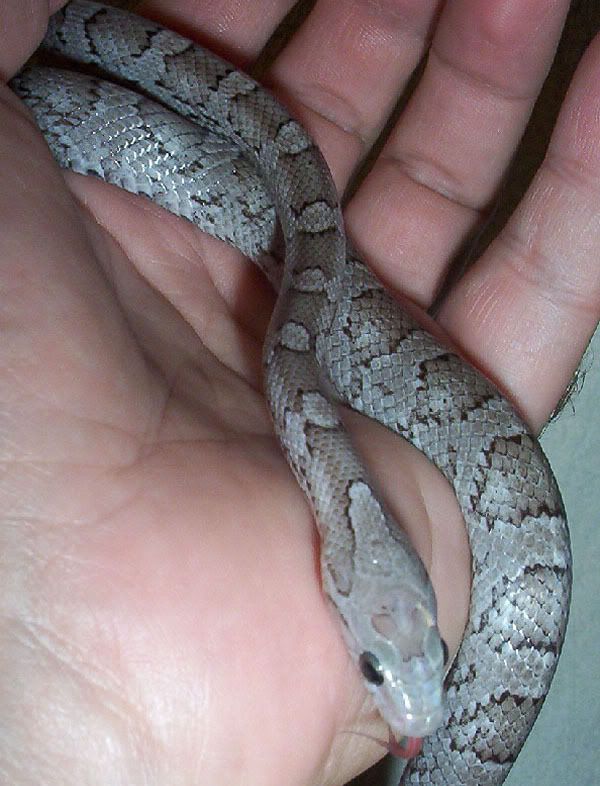I can't believe it sucked me in.
I've been reading this forum and then had to google corn snake genetics and read a bunch of stuff out there and now I'm getting obsessed with all of this what X what = what business.
I've gained a basic understanding of the dominant and recessive traits, what the hets are and how the Punnet square can be used to predict what morphs can be produced in what percentages.
2 things I'm wondering about that I haven't been able to find out yet are:
What's the difference between (anery A) and (anery B). It seemed to me that if the neonate had the aa pairing as opposed to the AA or Aa it would be anerythristic period. I don't get where the anery A and B nomenclature comes from.
The other thing I'm wondering about is hypomelanism. How does that happen? I understand how amelanism happens but hypo and hyper melanism are not clear to me.
Also does anyone know of a good book on the subject that does not go too deep into biochemistry and the like?
I've been reading this forum and then had to google corn snake genetics and read a bunch of stuff out there and now I'm getting obsessed with all of this what X what = what business.
I've gained a basic understanding of the dominant and recessive traits, what the hets are and how the Punnet square can be used to predict what morphs can be produced in what percentages.
2 things I'm wondering about that I haven't been able to find out yet are:
What's the difference between (anery A) and (anery B). It seemed to me that if the neonate had the aa pairing as opposed to the AA or Aa it would be anerythristic period. I don't get where the anery A and B nomenclature comes from.
The other thing I'm wondering about is hypomelanism. How does that happen? I understand how amelanism happens but hypo and hyper melanism are not clear to me.
Also does anyone know of a good book on the subject that does not go too deep into biochemistry and the like?








